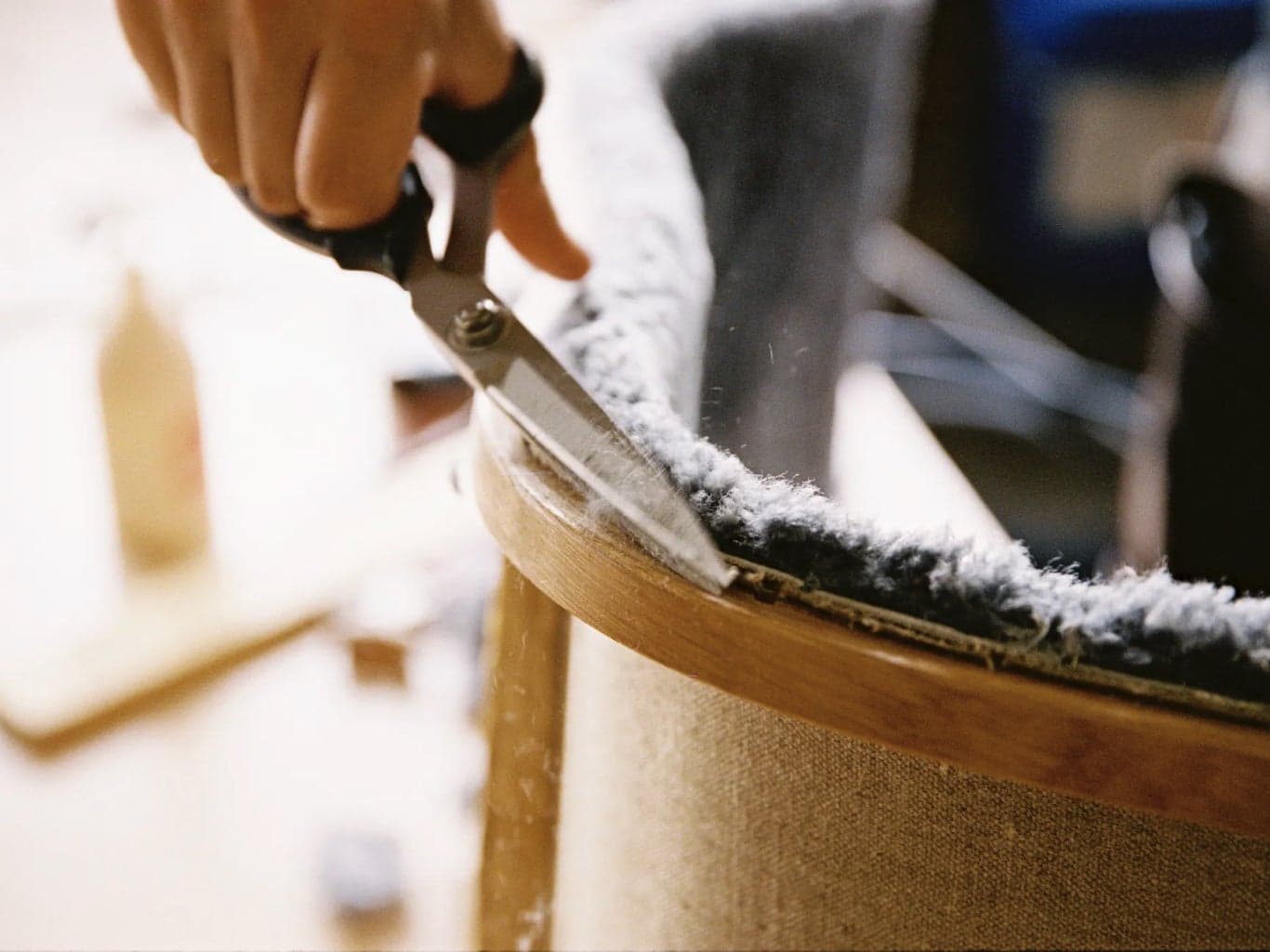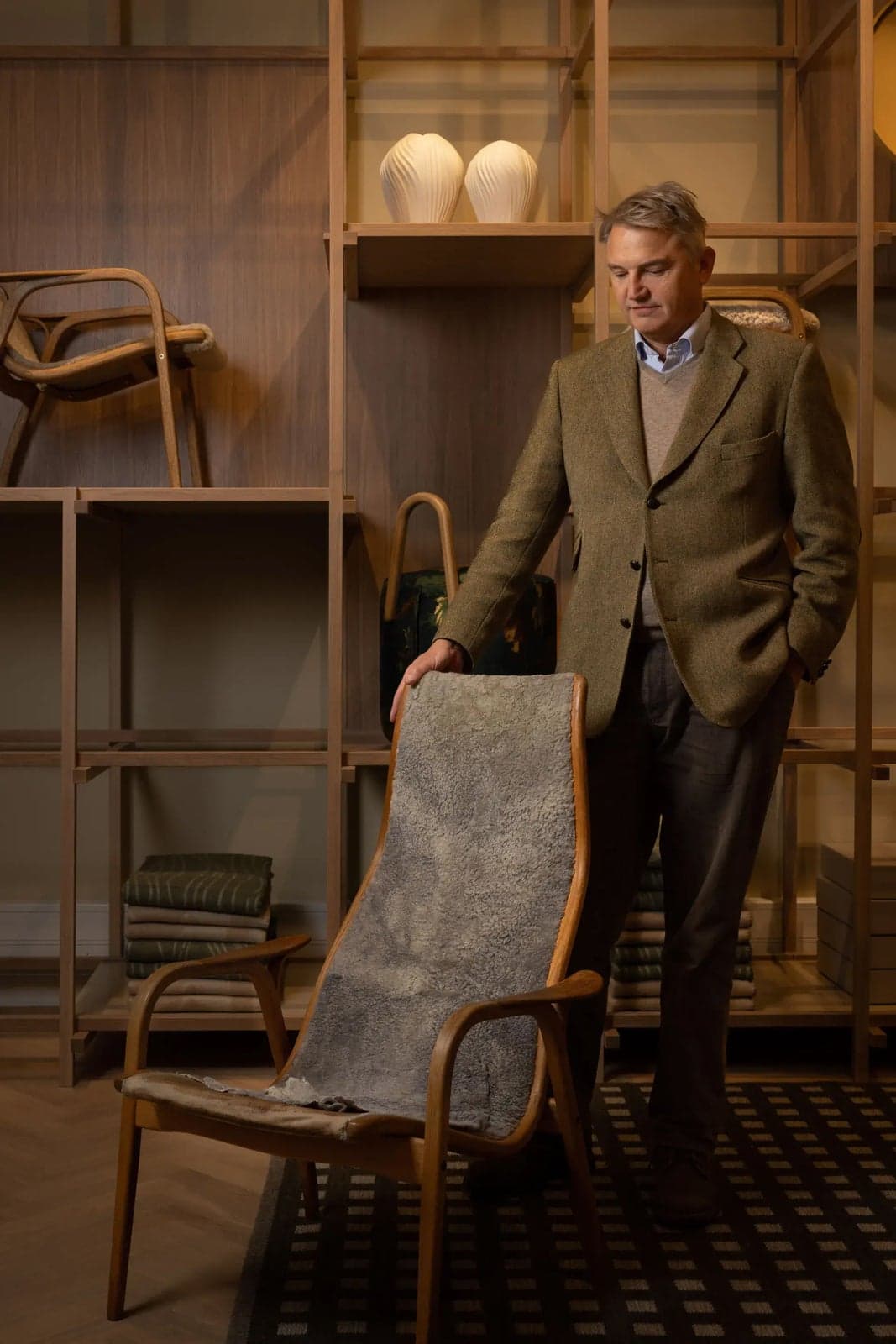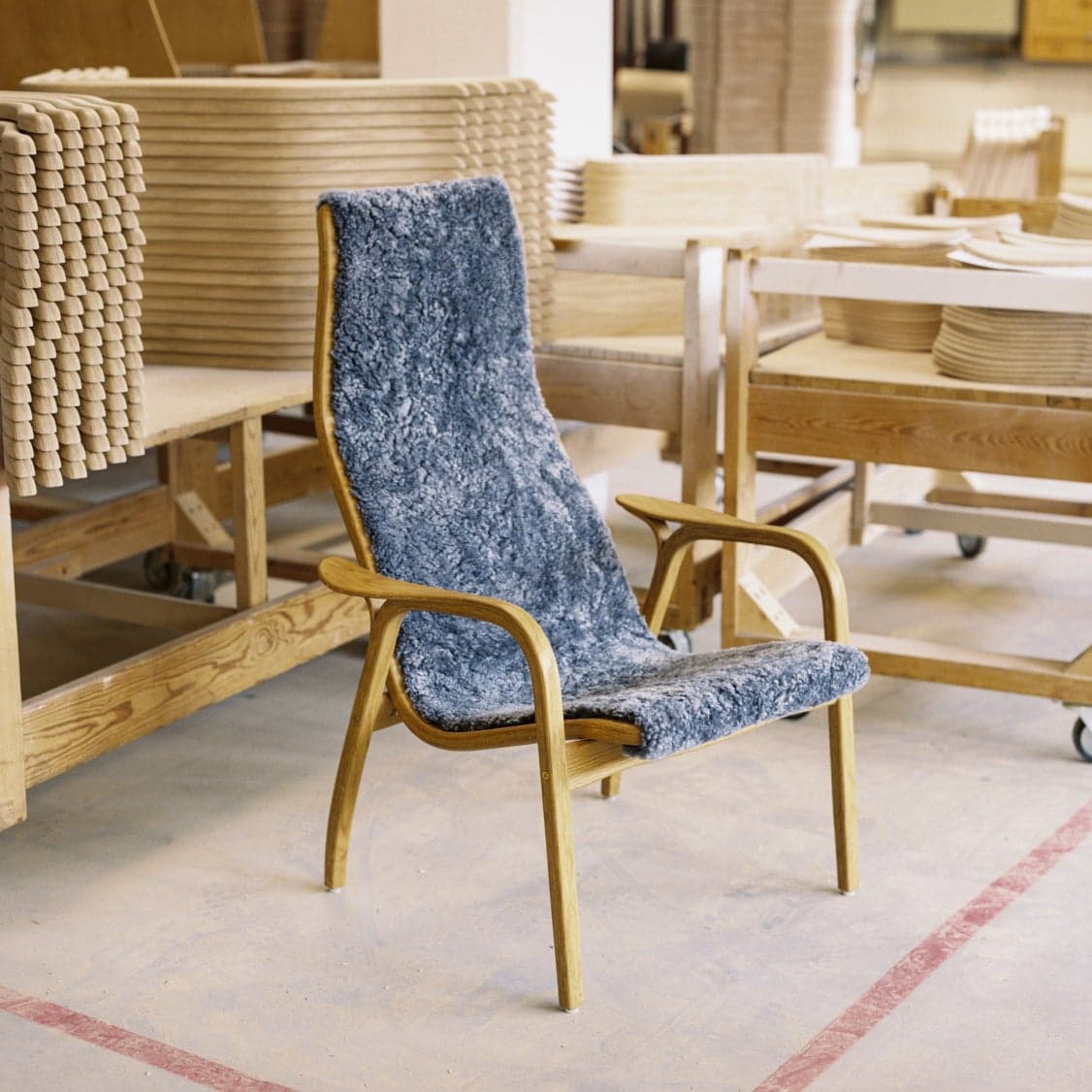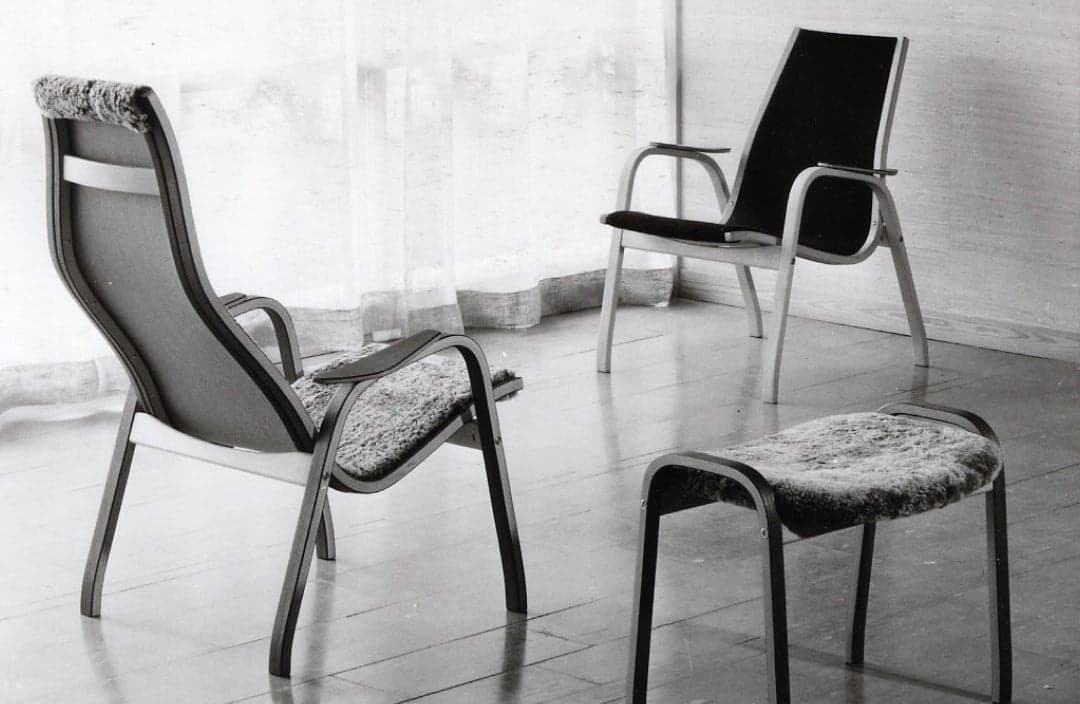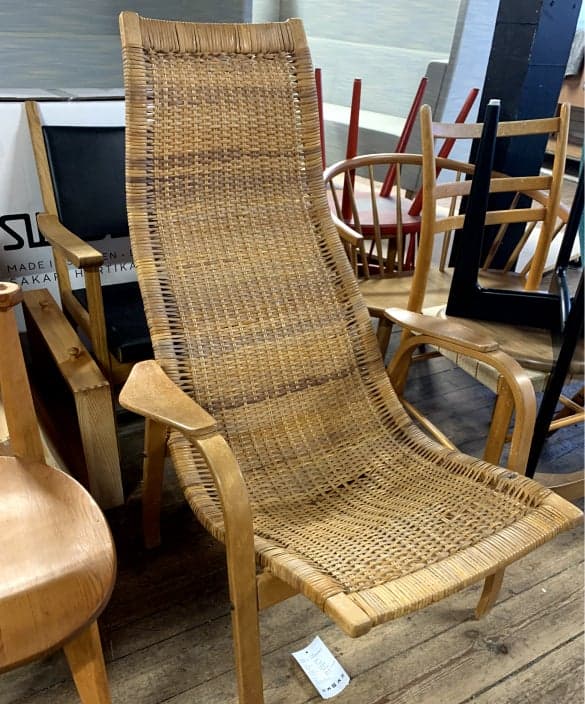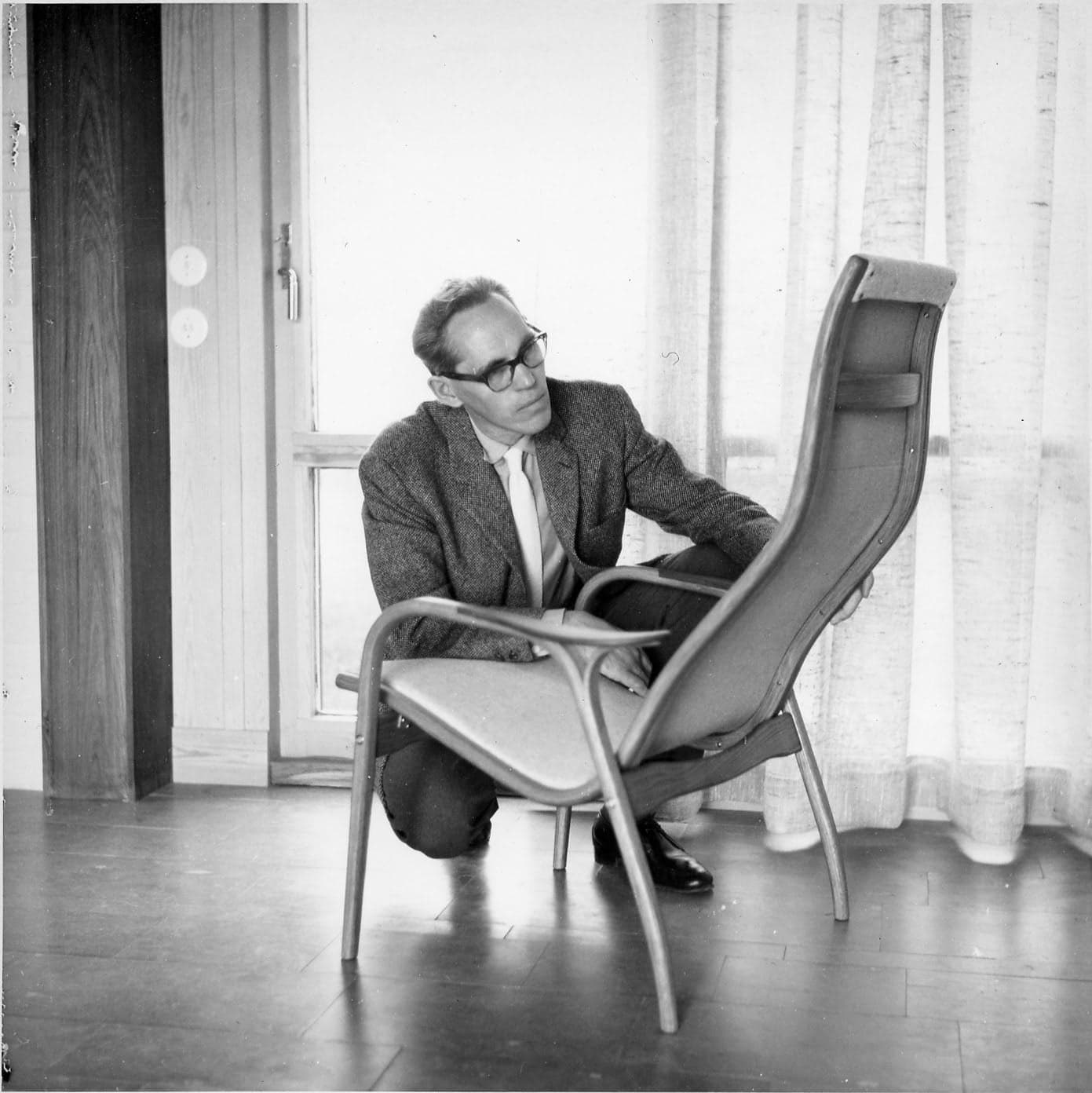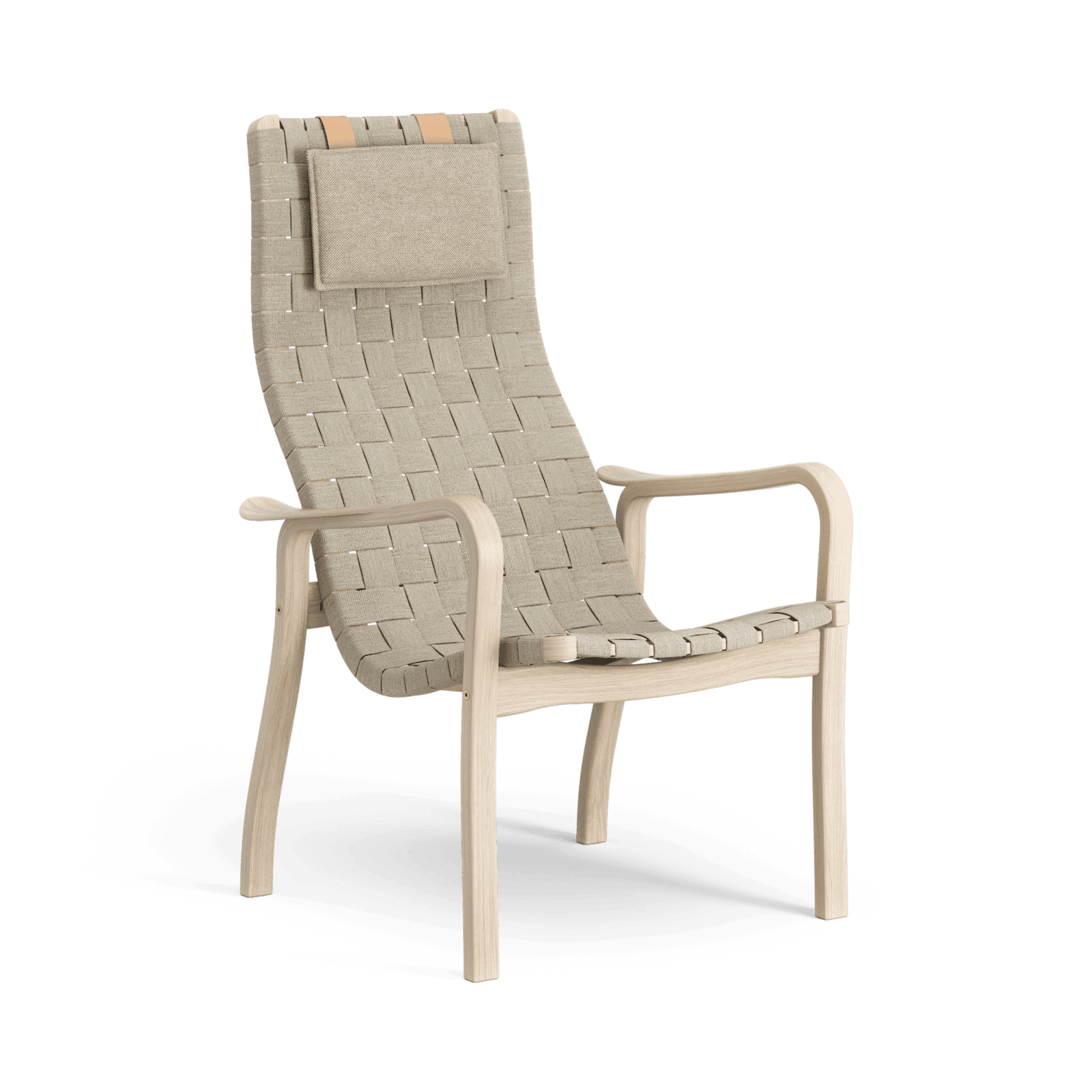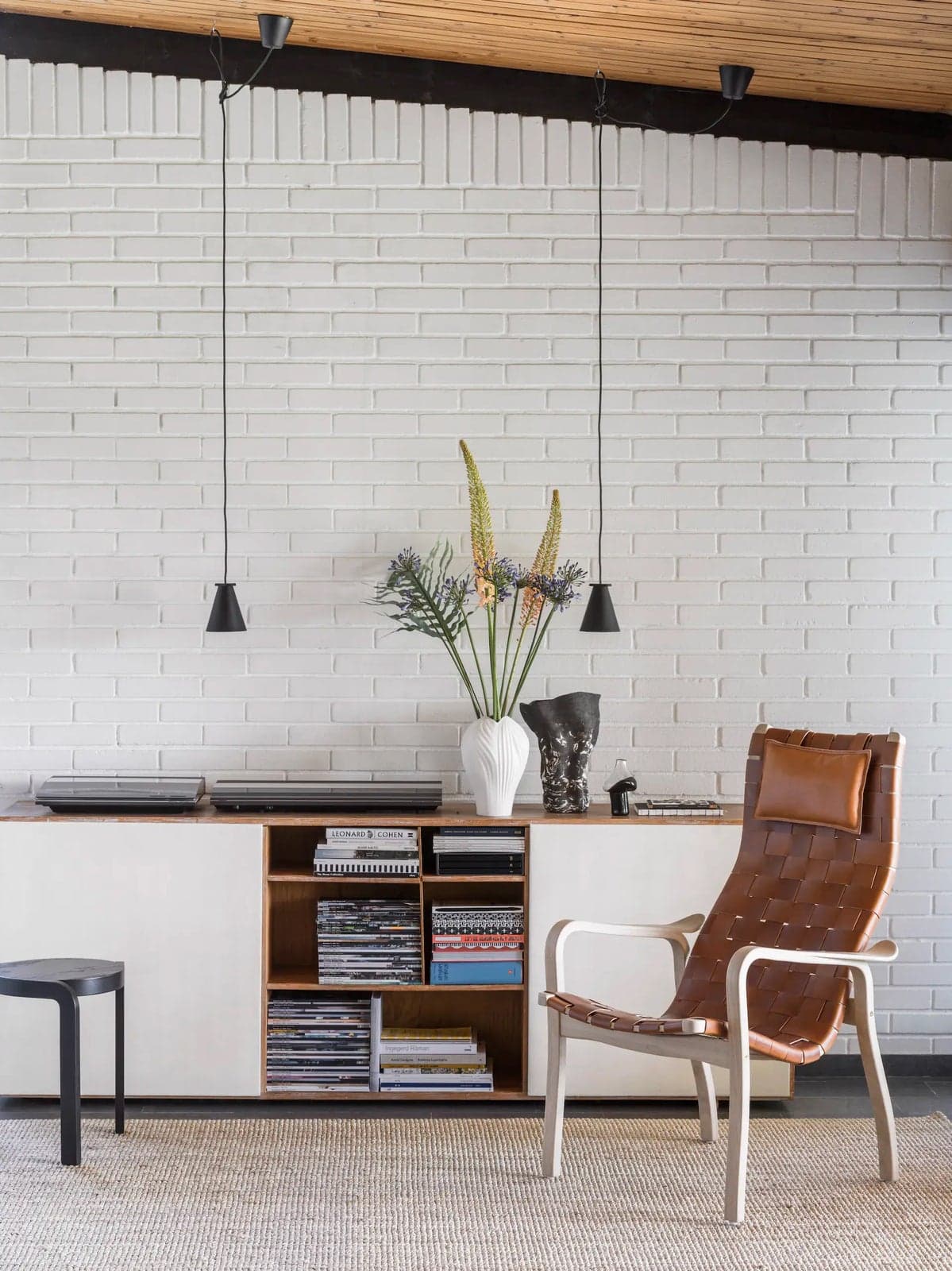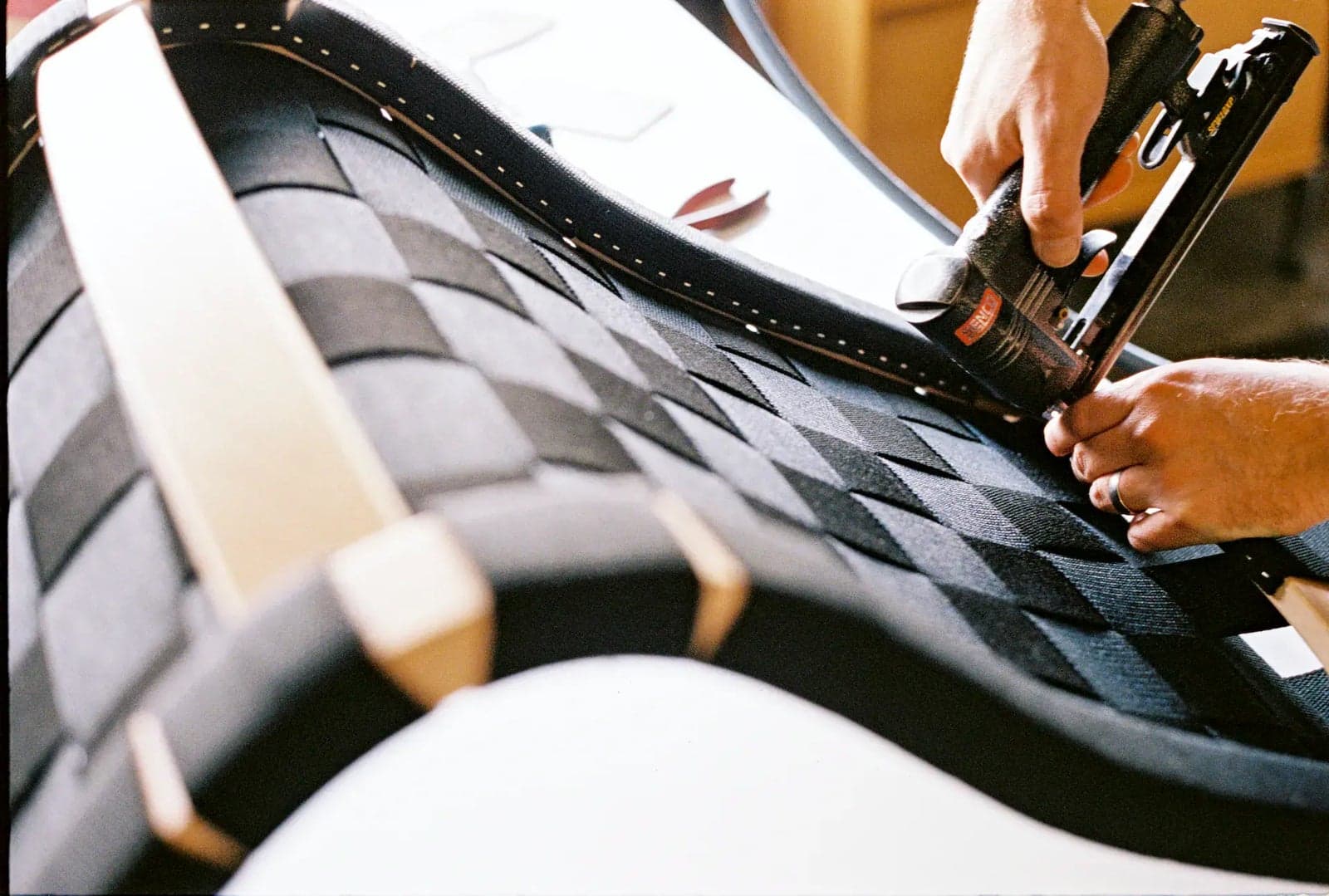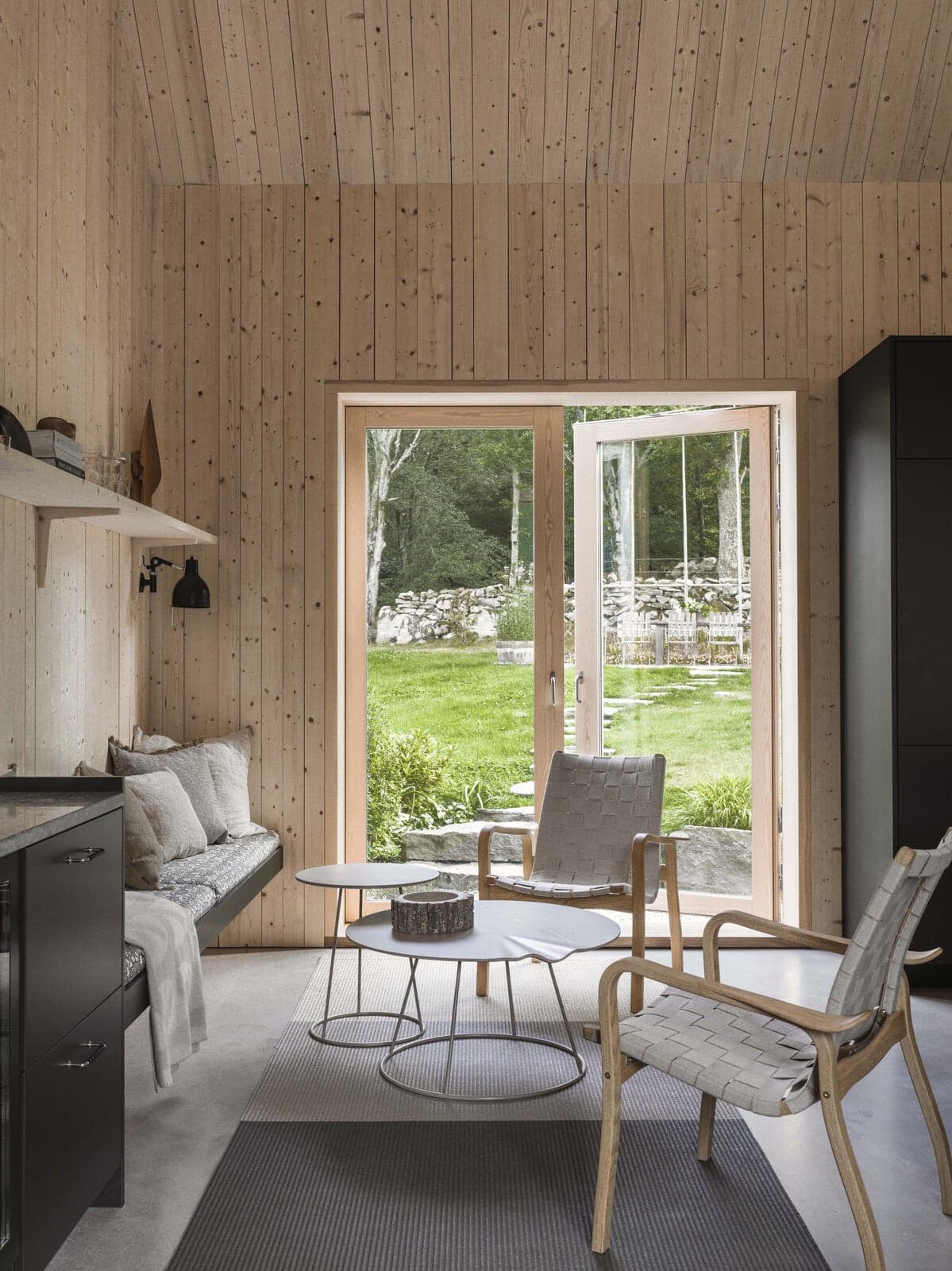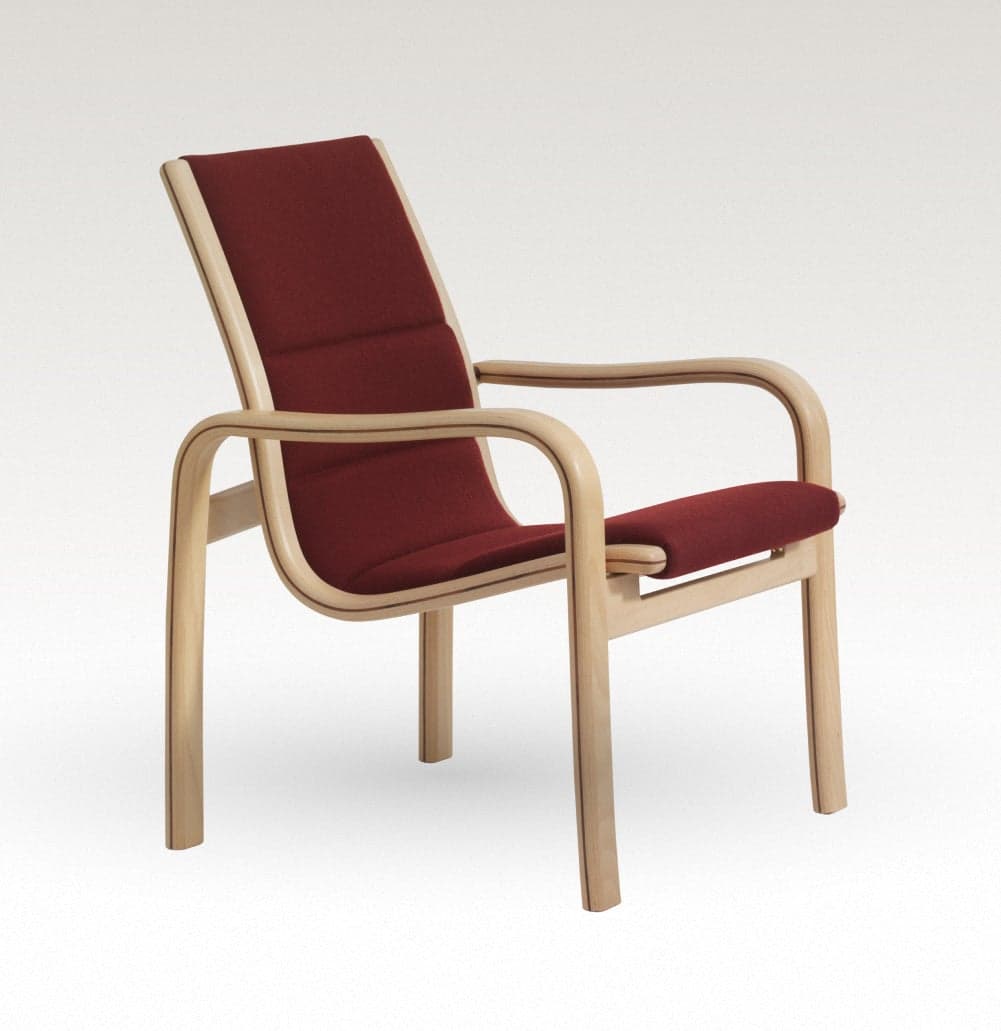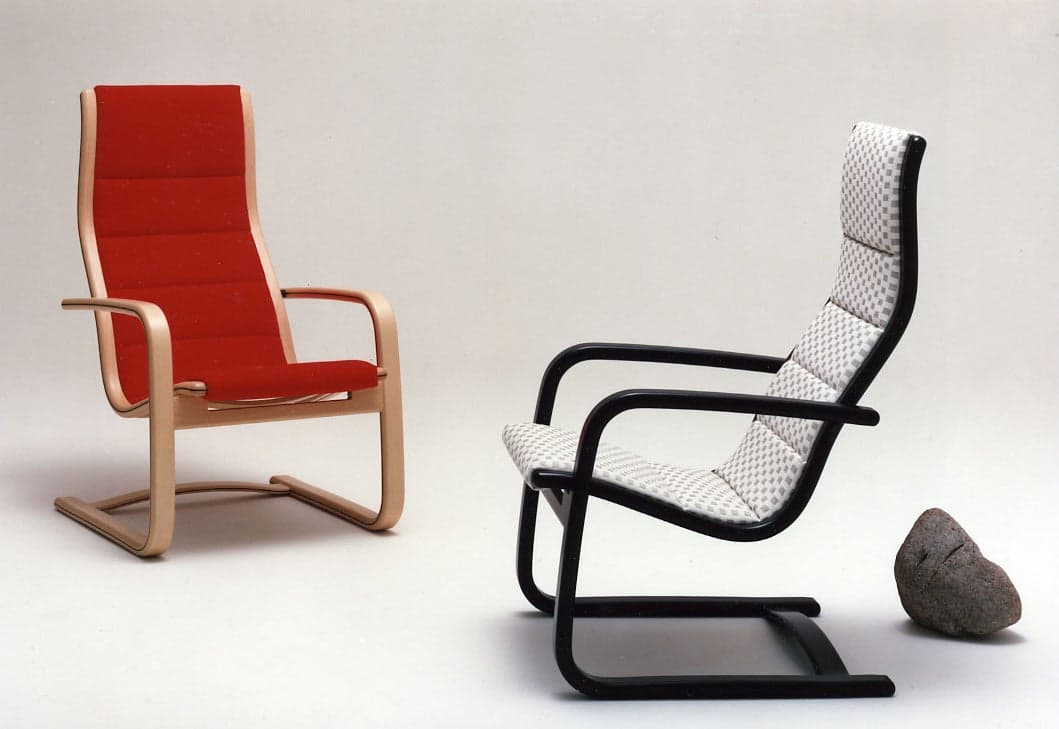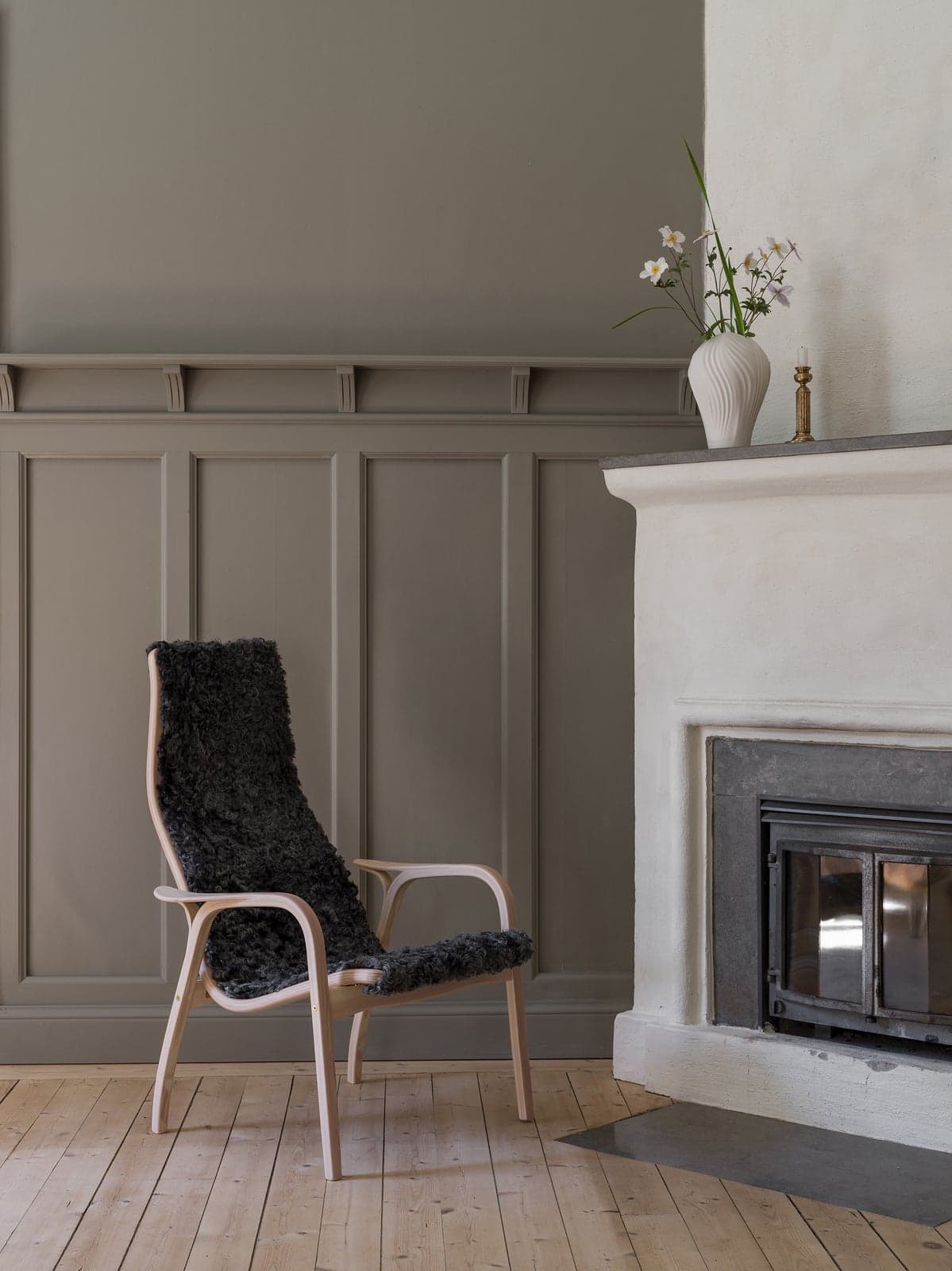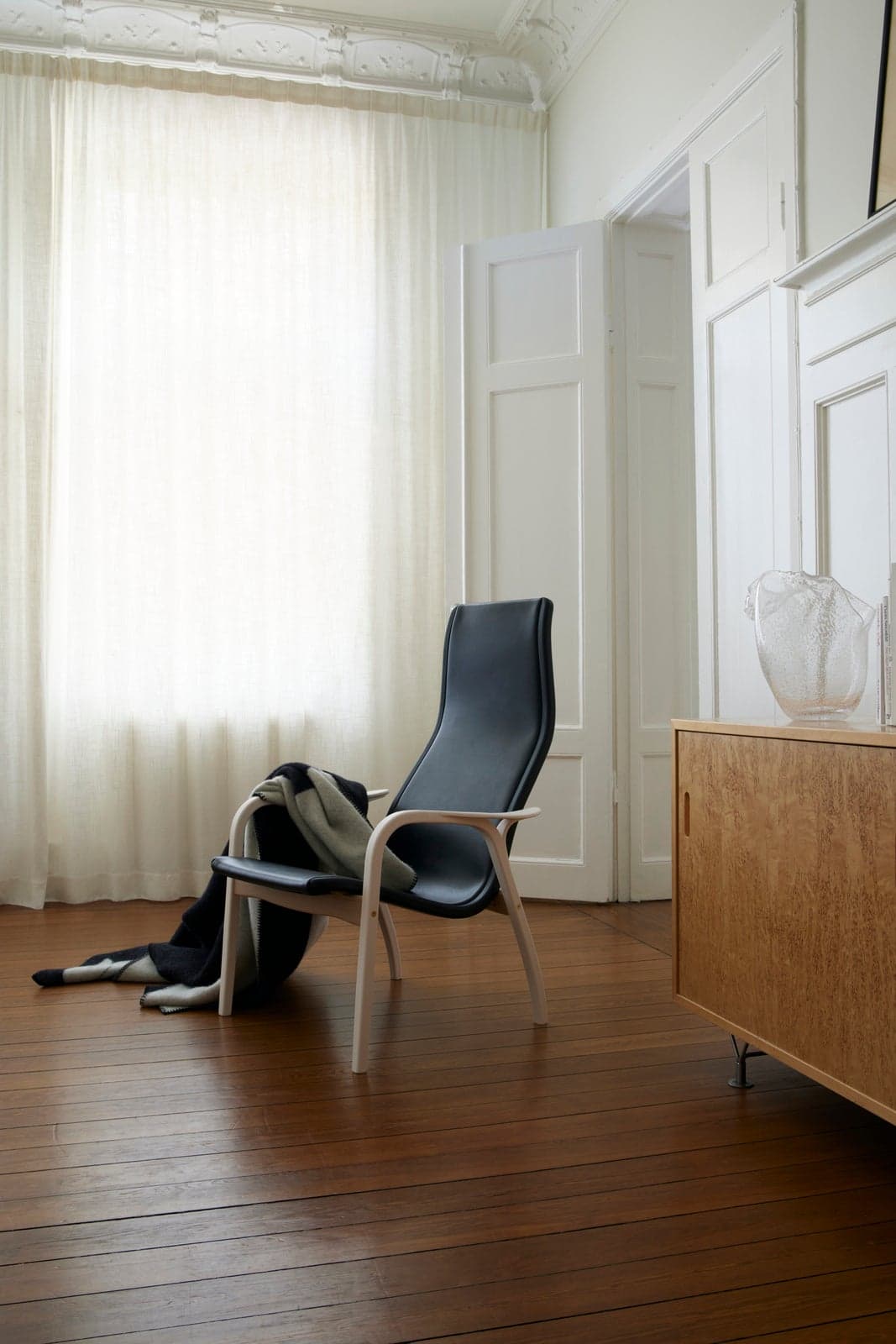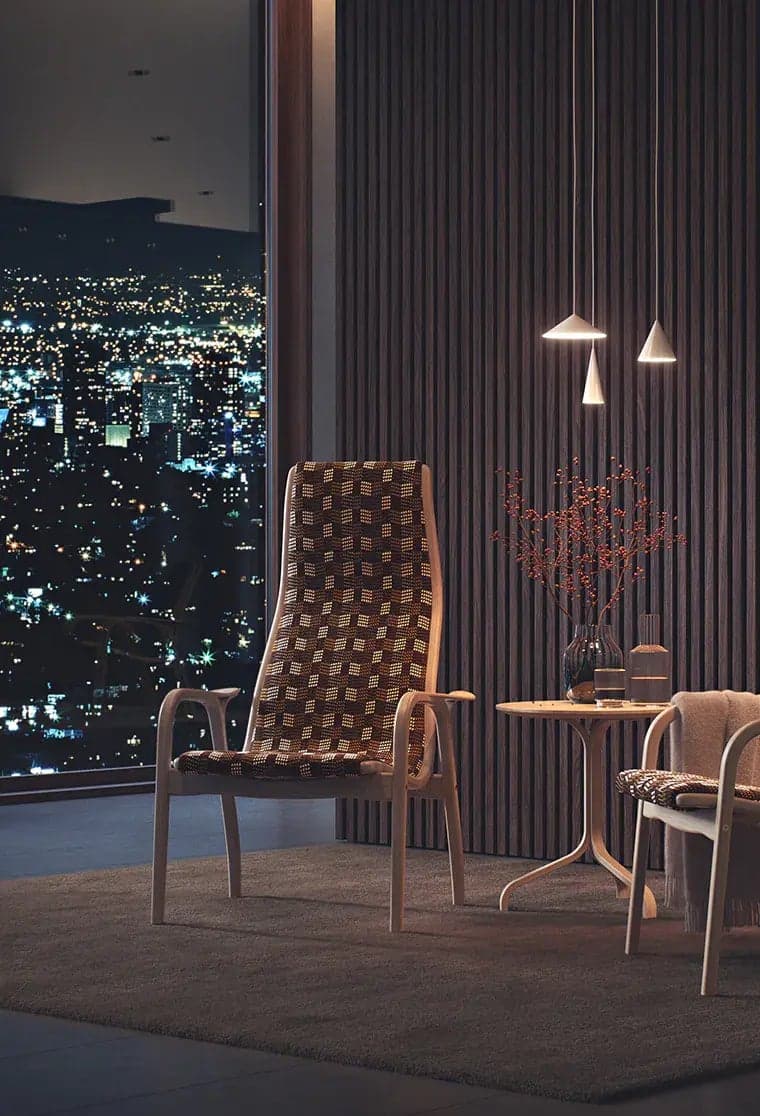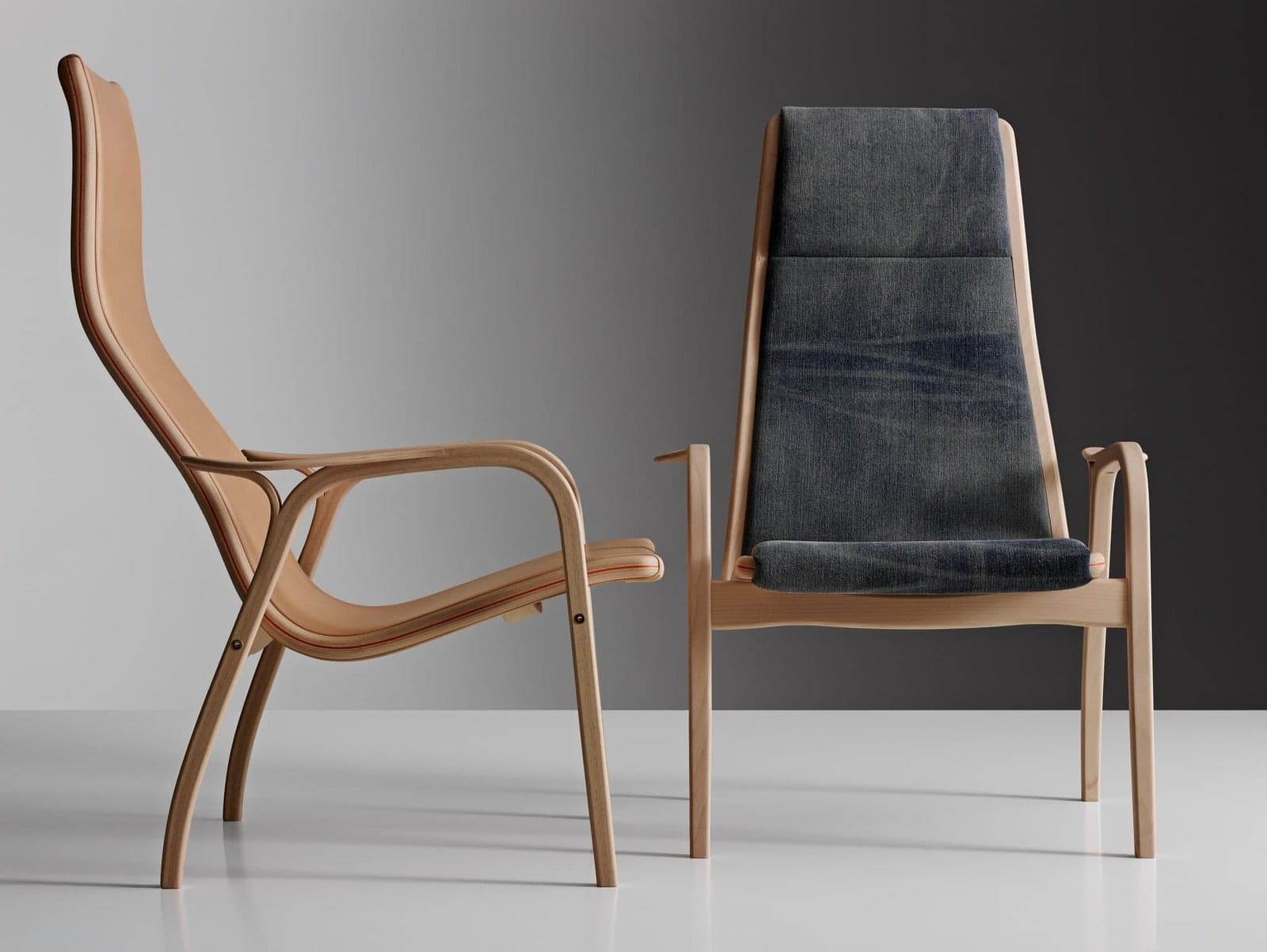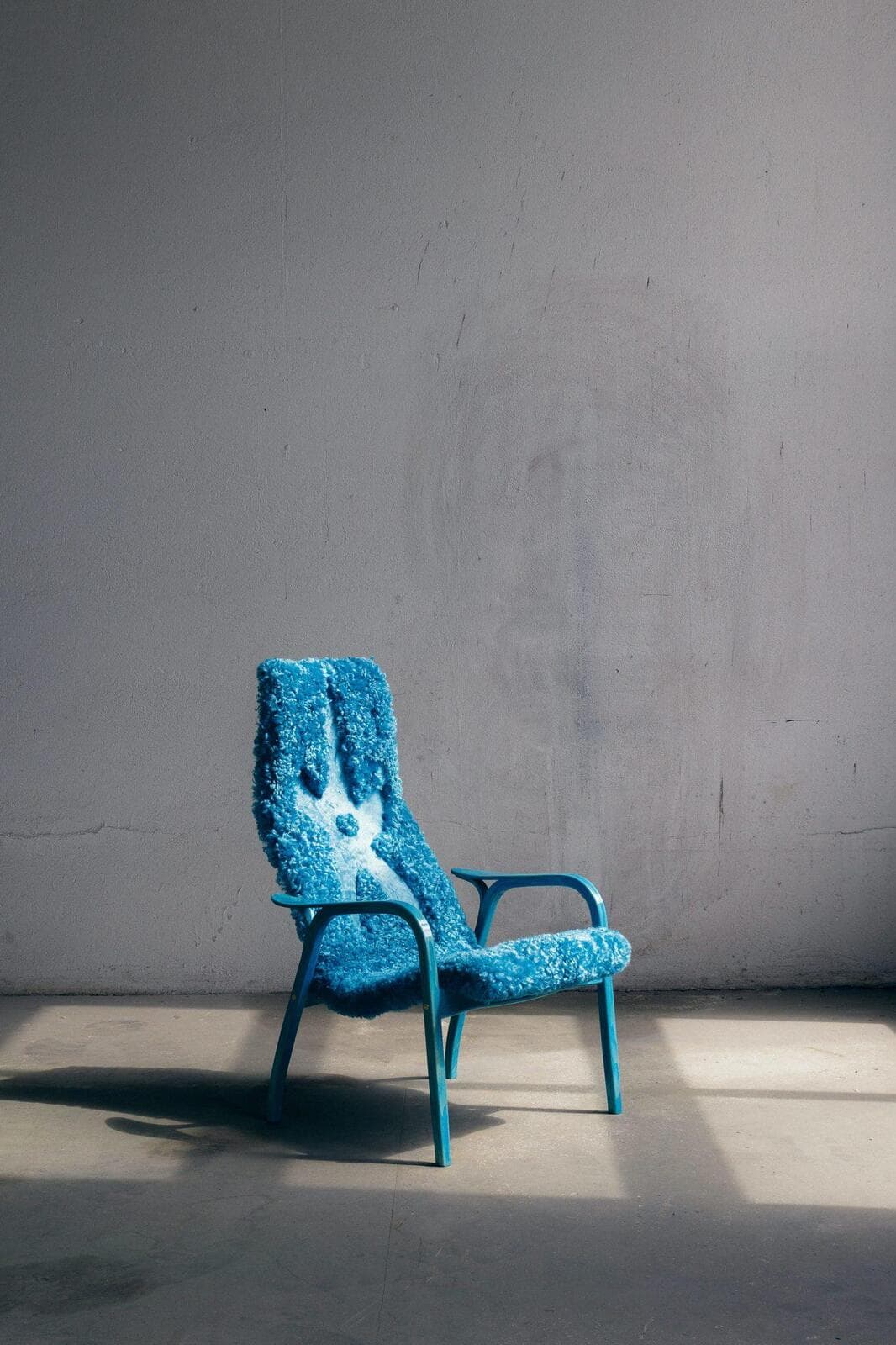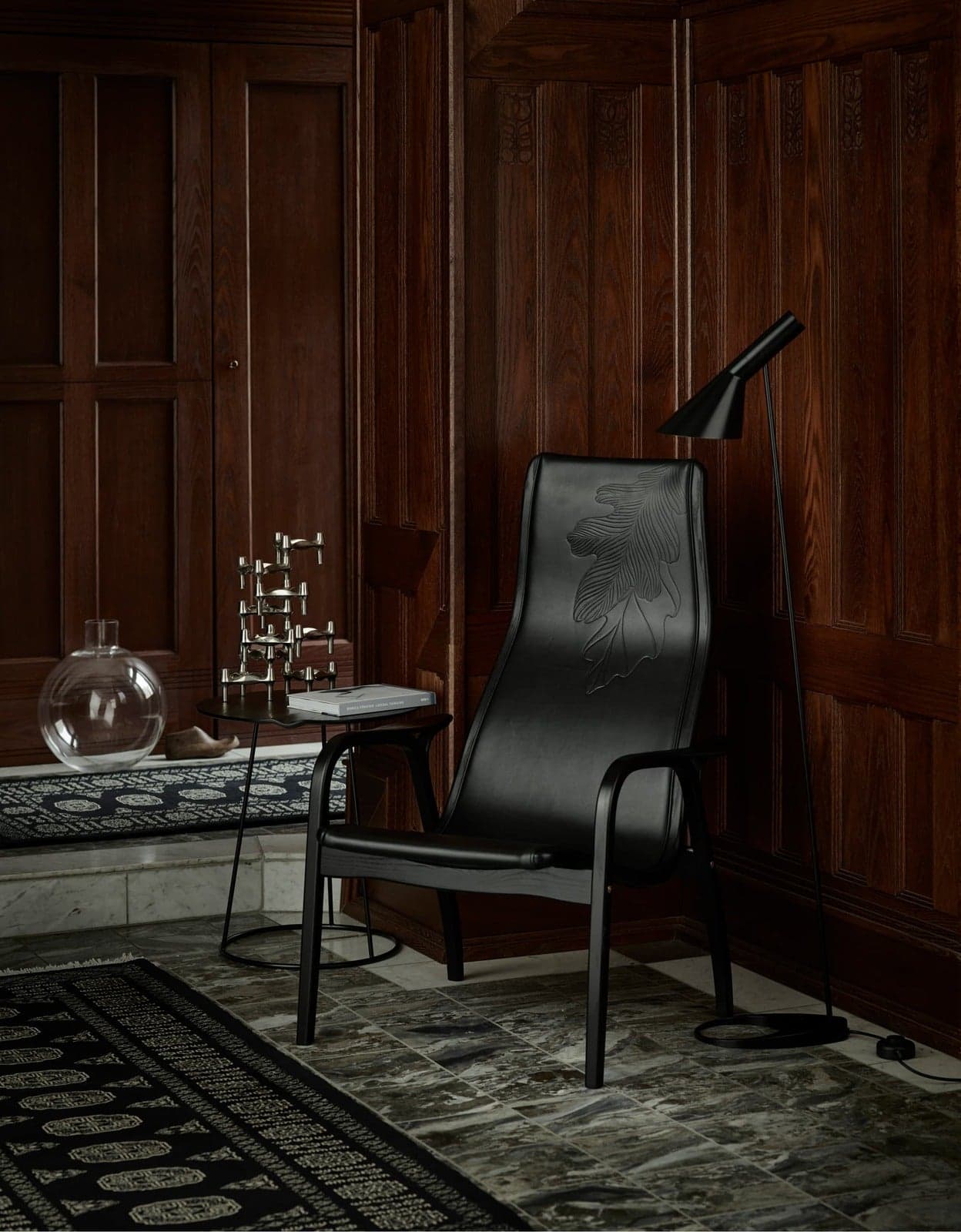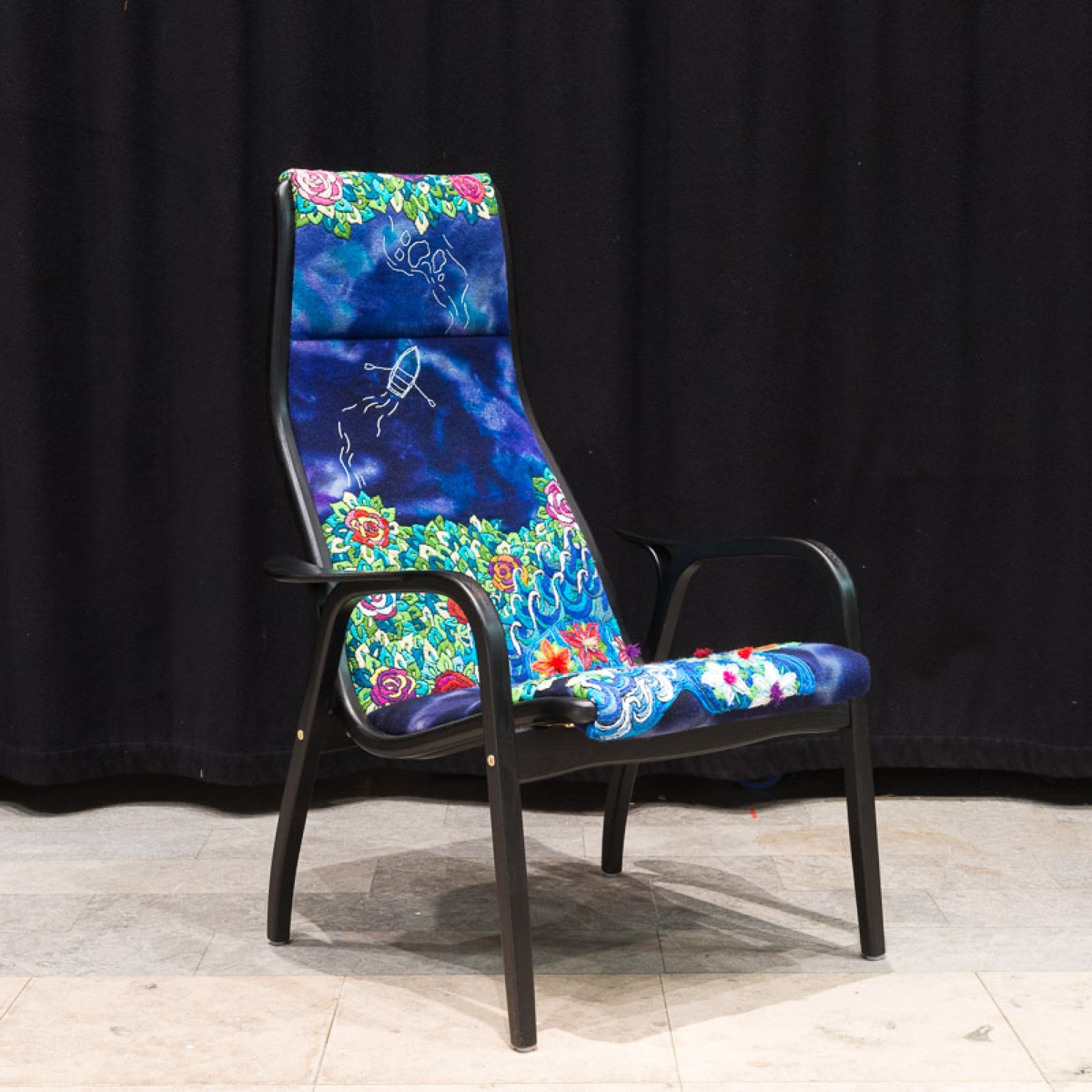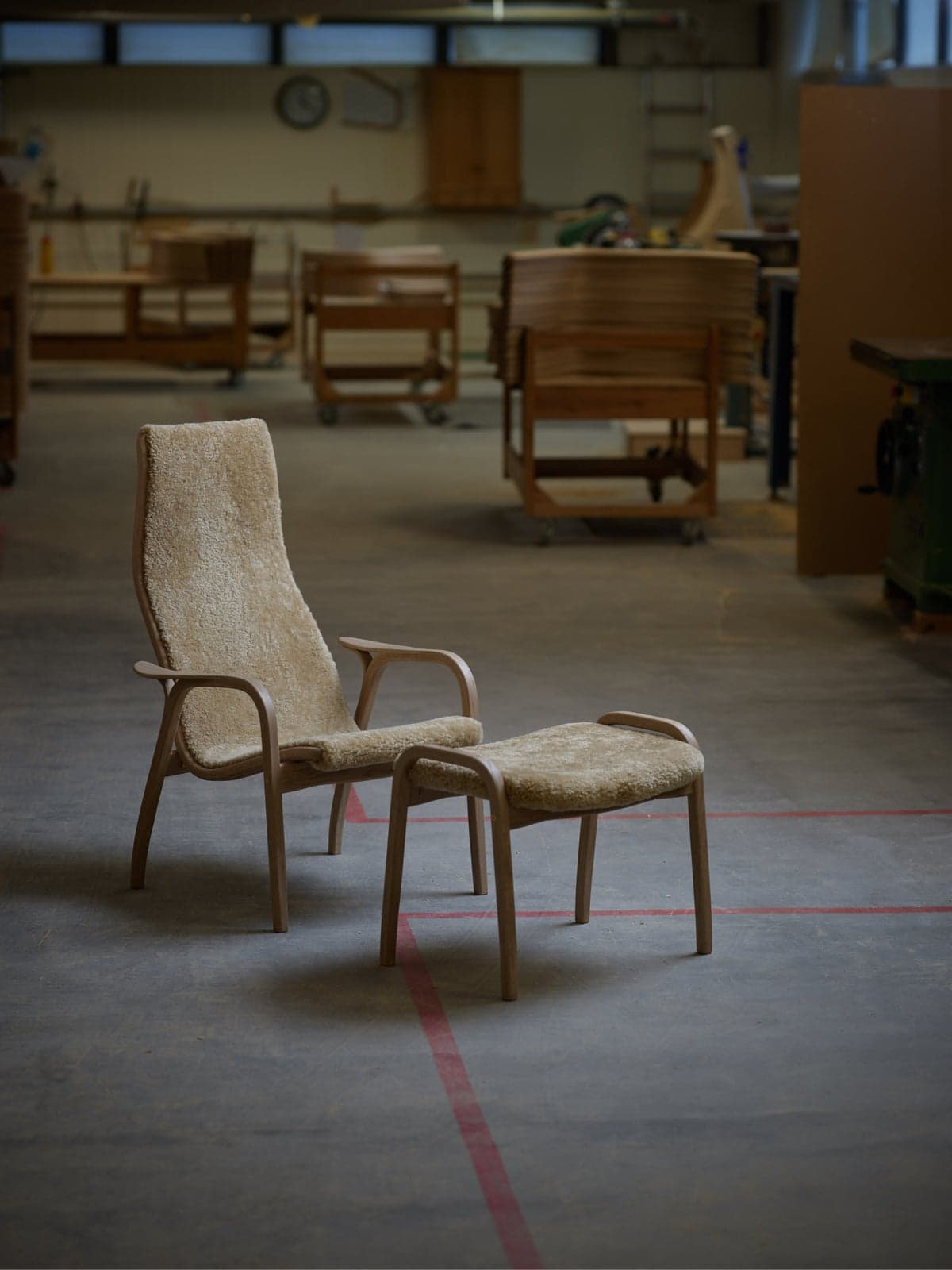Lamino by Swedese
The story of Lamino
A life’s work and a symbol of a constant search for simplicity.
Today, Lamino is an iconic piece of furniture and our constant bestseller. Yngve Ekström's armchair Lamino did not come about by chance. Rather, it is a life's work and a symbol of Yngve's constant search for simplicity. In that pursuit, both predecessors and successors to Lamino have existed. The pursue of the perfect curve was ongoing and Lamino's popularity is proof that all the effort and prototyping paid off.
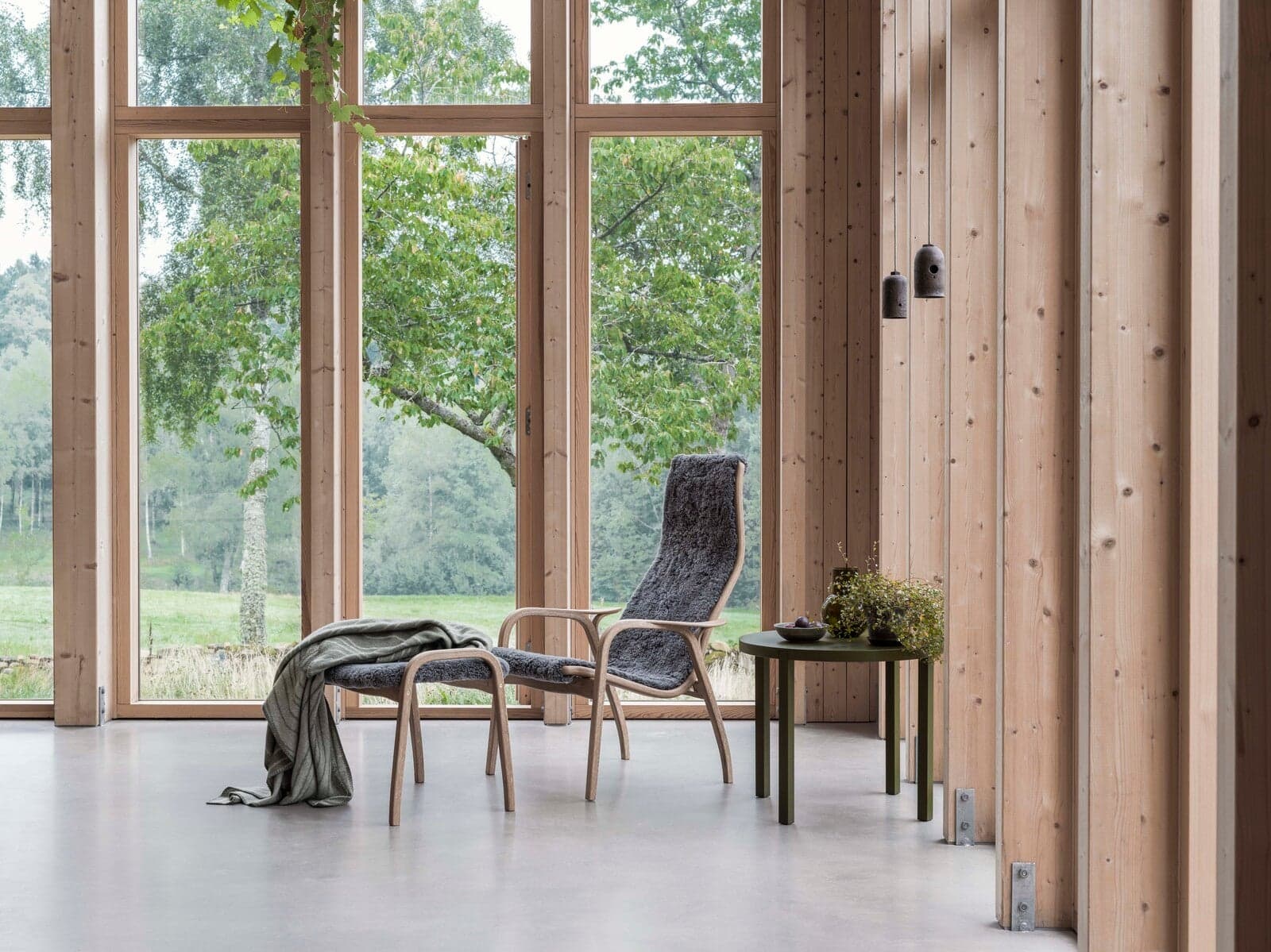
The first armchairs from Yngve's pen
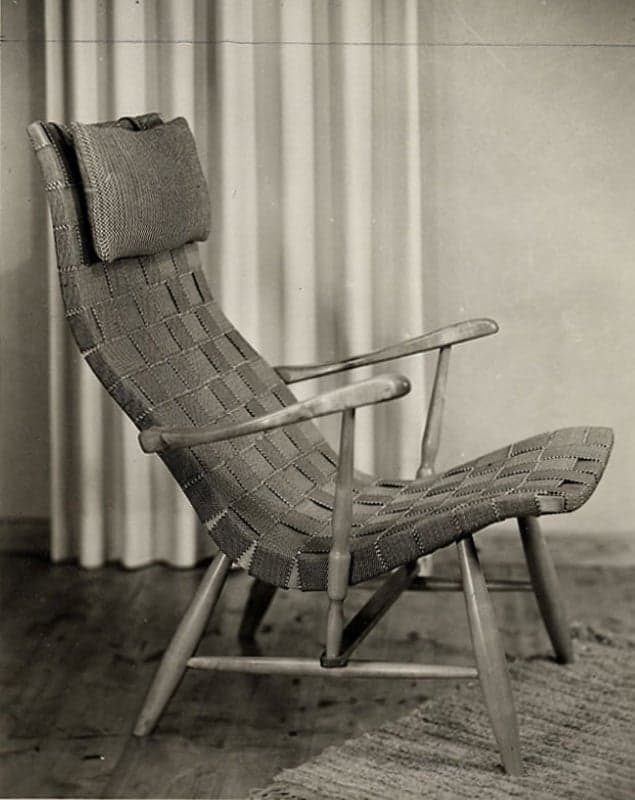
Armchair Anders, 1945 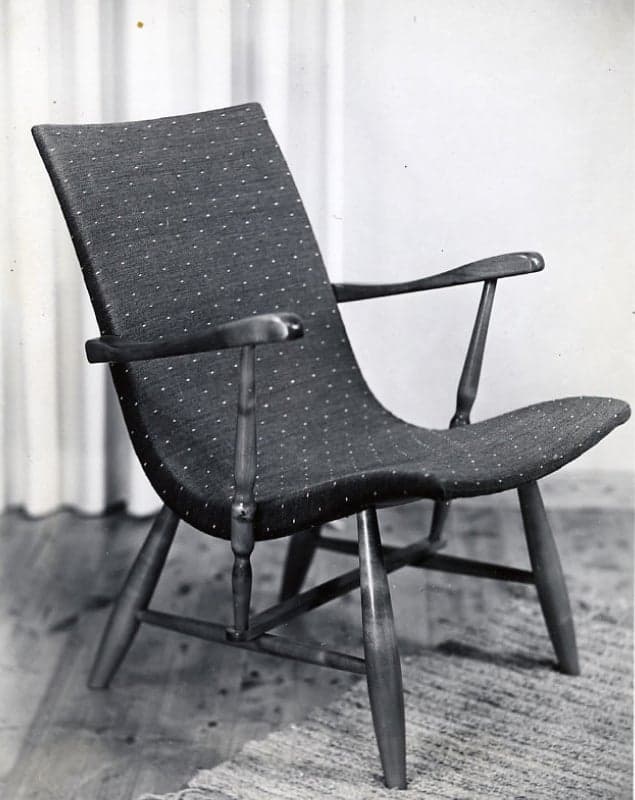
Armchair Per, 1945
Kurva and Båge
Lamino
"I designed Lamino with the human body as a starting point, making it as pleasant to look at as to sit in"
Voices about Lamino

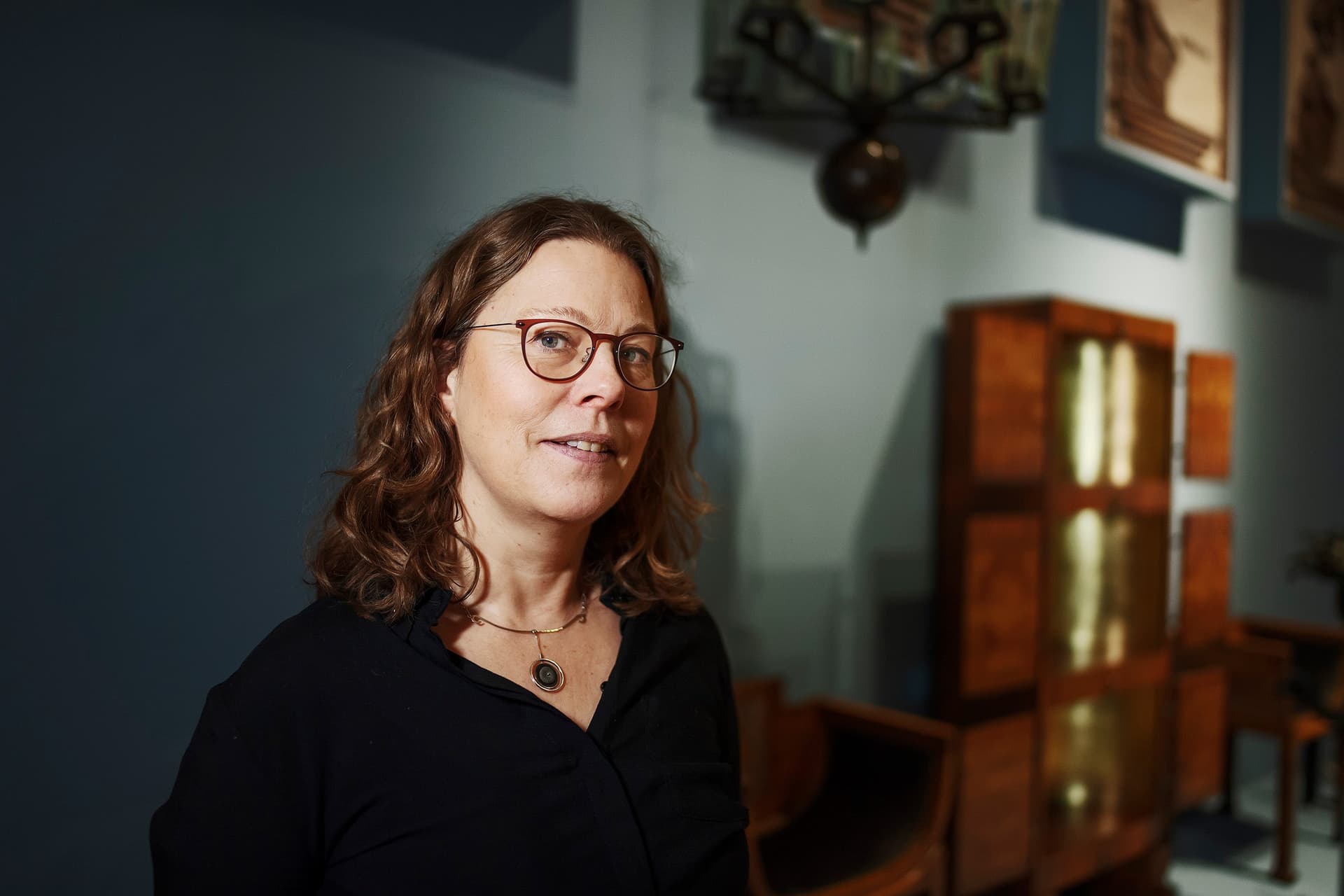

"Electing Lamino Furniture of the Century was, in my opinion, a wise choice. The chair is a piece of furniture that would actually fit like a glove with the IKEA company policy. Every piece of furniture we make must have three things, it must be suitable for production, be functional and have a good shape. And the Lamino chair has all of that."
IKEAS Grundare
“Lamino is like a key, an entrance into time, and to the designer Yngve Ekström. Lamino was never institutionalized, that is, it was not found in public settings such as hospital waiting rooms and corporate lobbies. Therefore, it became synonymous with home environment and coziness. In addition, Lamino is affordable, it is Swedish and it proved to be trendy even fifty years after its debut. Now, a few years later, Lamino appears as a very well-known, clear and visible part of Swedish modernism, a symbol.”
Formhistoriker och intendent på Nationalmuseum i Stockholm
“The Lamino chair is typical of its time, i.e. the middle of the last century. It reflects a design language that existed during the 40s and 50s, when bentwood was widely used. You could probably claim that after Yngve Ekström and Bruno Mathsson there hasn't been much innovation in bentwood. A fundamental component of the work as a furniture designer is craftsmanship, and you’ll find that in Lamino. Behind the image of a neat curve you can see something else, the traces of people who knew how to work with wood.”
Möbelformgivare i Vaxholm
Laminett
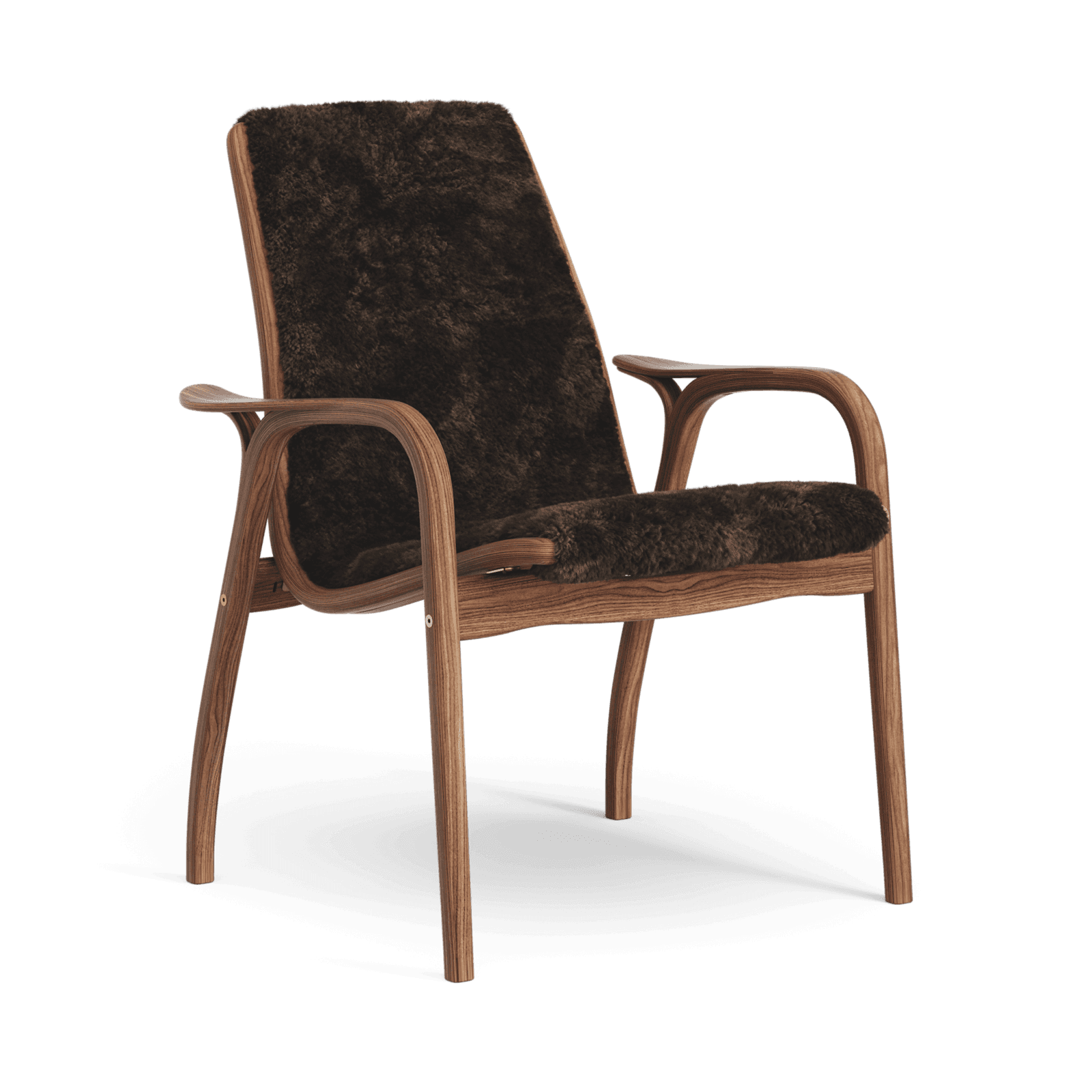
A visit to the factory
Many steps in the Lamino production look the same today as they did when Lamino was first created. 1980
Primo
Melano and Lamello
Furniture of the century
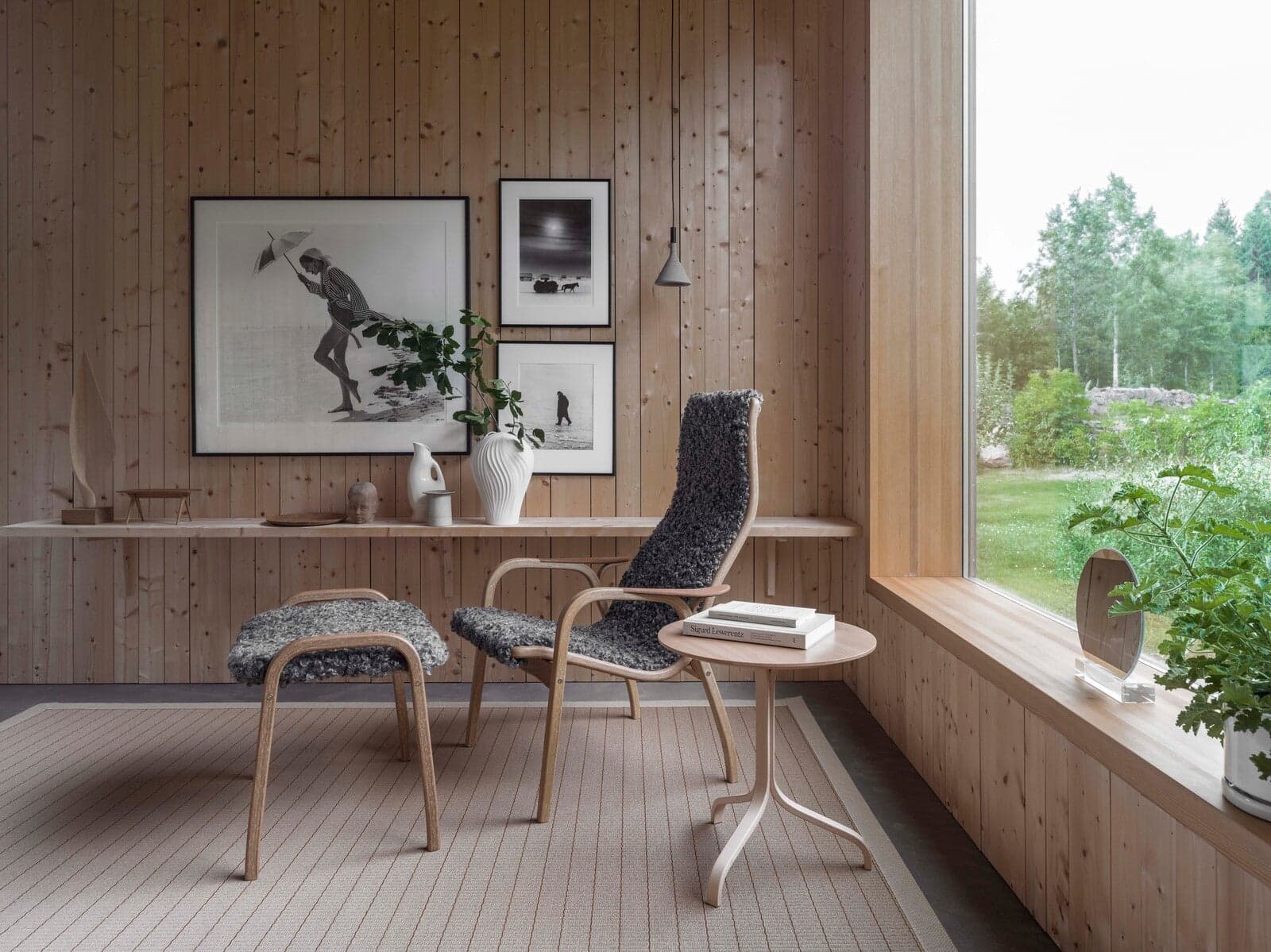
Lamino Edition
More voices about Lamino
Sven Lundh, owner of Källemo, Värnamo
The armchair Lamino became the final summary of Yngve Ekström's studies around sitting. With Lamino, he achieved a piece of furniture that looked organically molded, with a leg stand and seat that became a unit. Clad in sheepskin, it was given an inviting and friendly expression. Yngve, who was poetically inclined, was careful to give his models names that also expressed the character of the piece. The name and the furniture belong together and that has contributed to making Lamino valid for so long.
Mårten Claesson, architect in the design company Claesson Koivisto Rune, Stockholm
My first memory of Lamino comes from my childhood home on Lidingö. The armchair has a nice late modernist style. It has a soul, and that is unusual. Lamino is, quite possibly, the finest Swedish piece of furniture made in modern times. It is somehow perfected as a chair, while at the same time being sculptural. It is simply not possible to criticize it on artistic grounds. It is a cultural and commercial success at the same time.
Sources
The main sources have been archival material at Swedese in Vaggeryd.
Image sources: Swedese, Yngve Ekström, Toni Gustavsson.
Literature: Ekström, Brita-Lena. (2007). På spaning efter Lamino. Om möbelformgivaren Yngve Ekström.
